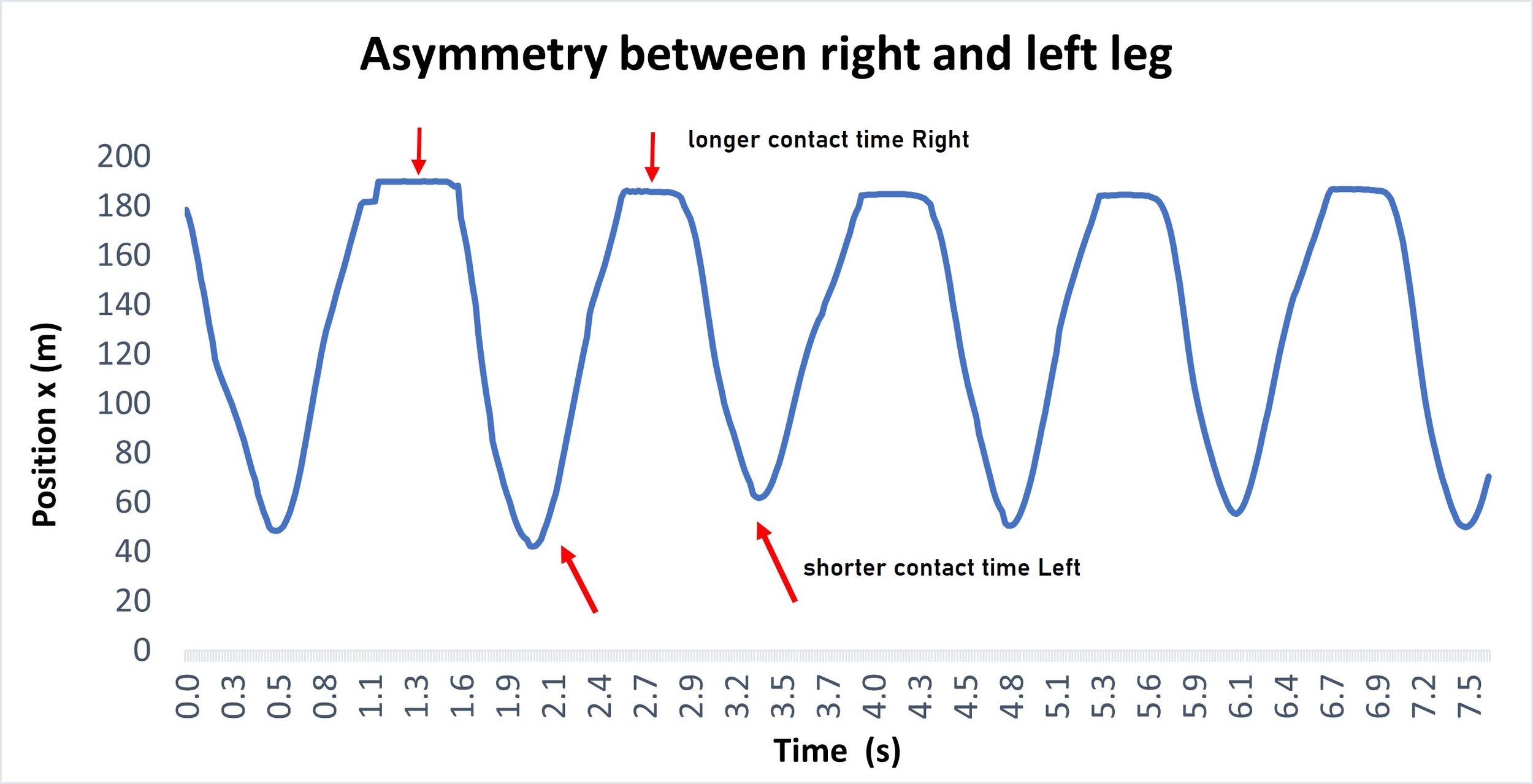Movement Asymmetries: Why YOU should know
Screening tests are very important to identify dysfunctional movement patterns, muscle imbalances, weaknesses, or movement patterns that may increase an individual’s risk for injury.
Figure 1. Functional Movement Screen score SYSTEM
The assessment usually consists of seven individual tests (deep squat, hurdle step, in-line lunge, shoulder mobility, active straight leg raise, trunk stability push-up, and rotary stability) which are scored on a scale from 0-3, with a possible composite score of 21 (i.e Functional Movement Screening, figure 1).
Another way to visualize movement asymmetries is using video analysis via Kinematics. Differences between left and right reach, power, velocities, range of motion can be visualized while performing the desired sport movement (figure 2 and 3)
Figure 2. Difference in leg power push off during skating
Figure 3. Differences between contact time during push-off in skater athlete
Some asymmetrical patterns are developed chronically due to repetitive movement. For example Figure 4 a varsity hockey athlete shows a trunk rotation after pushing-off with right leg. That asymmetrical pattern is associated to unilateral handling and reeling on the hockey stick.
Figure 4. Kinematics of skating movement. Asymmetries in velocity, trajectory, coordination issues are associated to unilateral practice with hockey stick.





